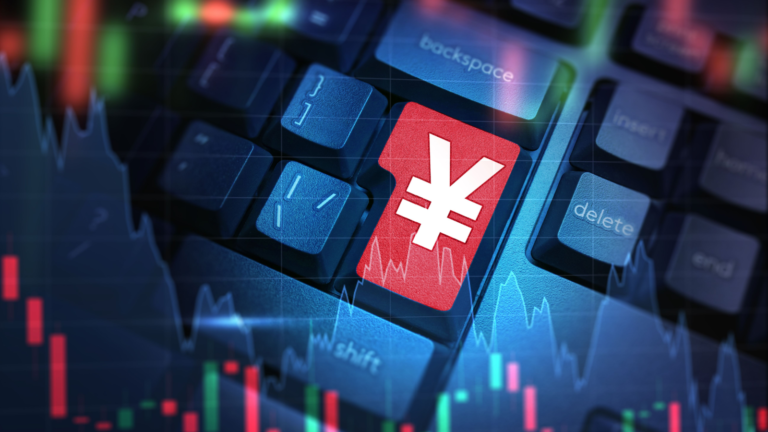While the market has been intensely focused on the Federal Reserve and its will-it, won’t-it drama regarding interest rate cuts, it was the Bank of Japan (BOJ) that set in motion the recent equities downturn. Primarily, it was the Japanese yen carry trade unwind that caught traders off guard. However, that may be only part of a broader dilemma.
First, what exactly is the Japanese yen carry trade, and why is it unwinding? Essentially, market participants have offloaded wagers that have turned sour in the wake of the BOJ’s monetary policy pivot. Historically, astute investors borrowed money in the Japanese yen, which typically operates under the backdrop of very low interest rates. Later, these investors convert the borrowed yen into other currencies, targeting higher-yielding assets.
Again, this financial strategy worked well in prior paradigms due to the BOJ’s longstanding campaign to beat deflation. However, the yen overcorrected, with the currency falling to its lowest level since 1986, per The Wall Street Journal. Therefore, Japanese monetary policymakers raised its benchmark interest rate at the end of July.
Shortly thereafter, the global markets turned volatile. In particular, the CBOE Volatility Index or VIX — commonly viewed as the “fear index” — screamed higher, implying widespread anxiety. Suddenly, the aforementioned strategy didn’t look so lucrative, thus explaining why the Japanese yen carry trade unwound.
Why Was the Japanese Yen Carry Trade Unwind So Severe?
Part of the reason why the volatility was so severe centers on the potential size of the trade. According to Reuters, no one is certain how large the yen carry trade is. Analysts often point to the $350 billion of short-term external loans by Japanese banks. However, this could be an exaggeration if some of the loans are tied to commercial transactions or foreign business loans.
Still, Reuters also states that the actual yen carry trade could involve “billions of yen the Japanese themselves have borrowed to invest in markets at home.” In addition, the trade could be amplified due to hedge fund leverage and investments made by Japanese pension funds, among other institutions.
Bad Timing Didn’t Help Matters
Another interesting element involved in the Japanese yen carry trade unwind is seasonality. As another WSJ article noted, the deleveraging of the trade occurred “smack in the middle of summer months in which many traders and investors are vacationing. While more trading than ever is automated, decisions made by individuals still matter.”
Why is this significant? “Fewer pros in the office mean a shortage of seasoned individuals on trading desks, and fewer investors around to step in to buy as prices plunge,” the WSJ explained.
It’s worth pointing out that several examples of market turmoil occurred in August, such as the 1998 collapse of hedge fund Long-Term Capital Management and 2007’s quant quake incident.
The Deleveraging Puts the Focus on Broader Pain Points
While the unwinding of the Japanese yen carry trade helps to explain the immediate anxiety in the market, other analysts have pointed out that the event is more of a distraction. Instead, the focus should be on fundamental concerns that may continue to impose headwinds on equities.
According to Morgan Stanley equity strategist Mike Wilson, the deterioration in the fundamentals started in April this year. It was at that time when economic data started to turn negative. Wilson also noted that enthusiasm for artificial intelligence (AI) has cooled. Unfortunately, “without a new theme to rotate into, this has also weighed on the S&P 500 index.”
Moving forward, the strategist believes that the ball is now back in the Fed’s hands. It has the unenviable task of instilling confidence in the market without overreacting to the current situation, which could cause even more panic.
On the date of publication, Josh Enomoto did not have (either directly or indirectly) any positions in the securities mentioned in this article. The opinions expressed in this article are those of the writer, subject to the InvestorPlace.com Publishing Guidelines.
On the date of publication, the responsible editor did not have (either directly or indirectly) any positions in the securities mentioned in this article.

